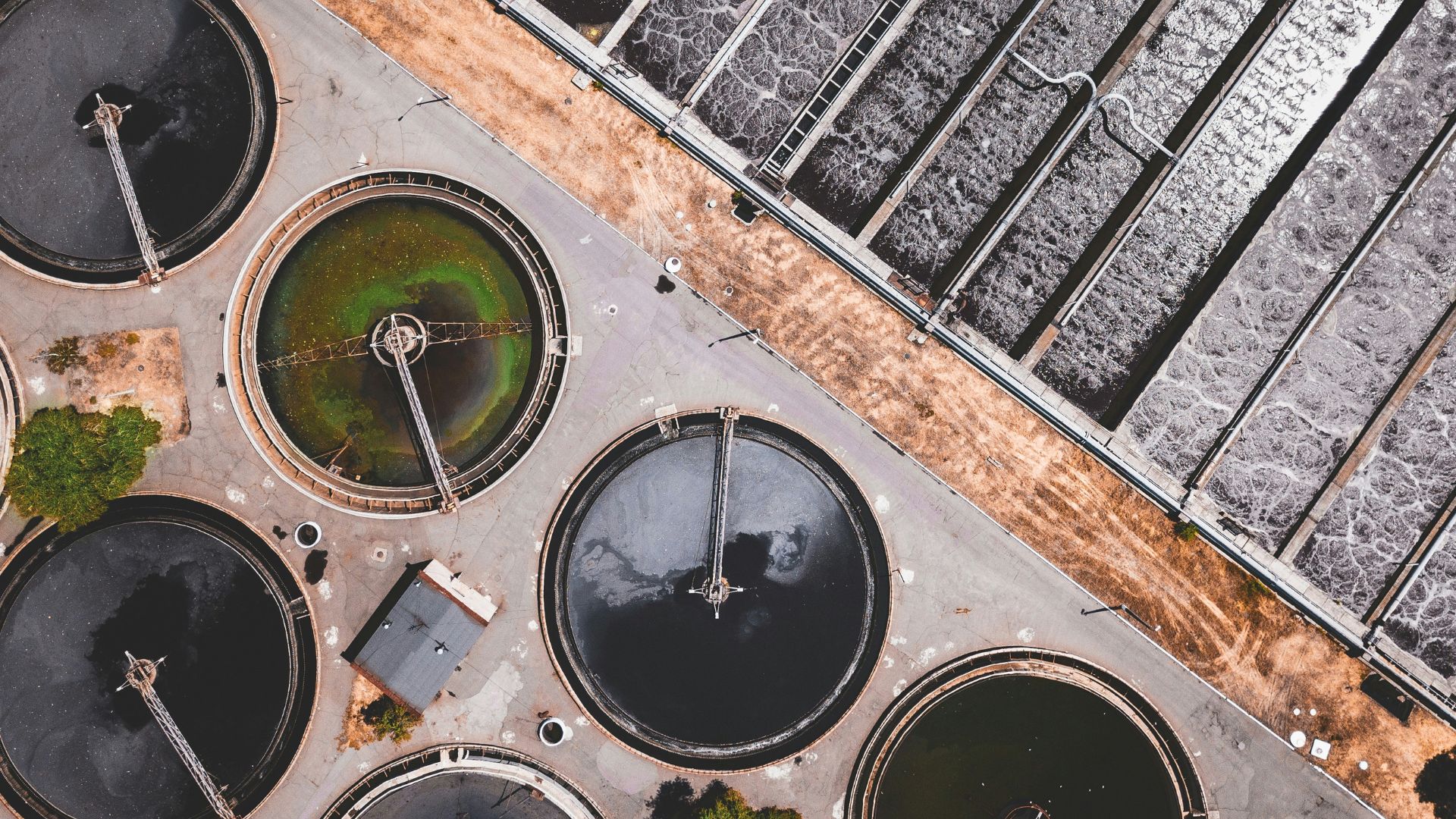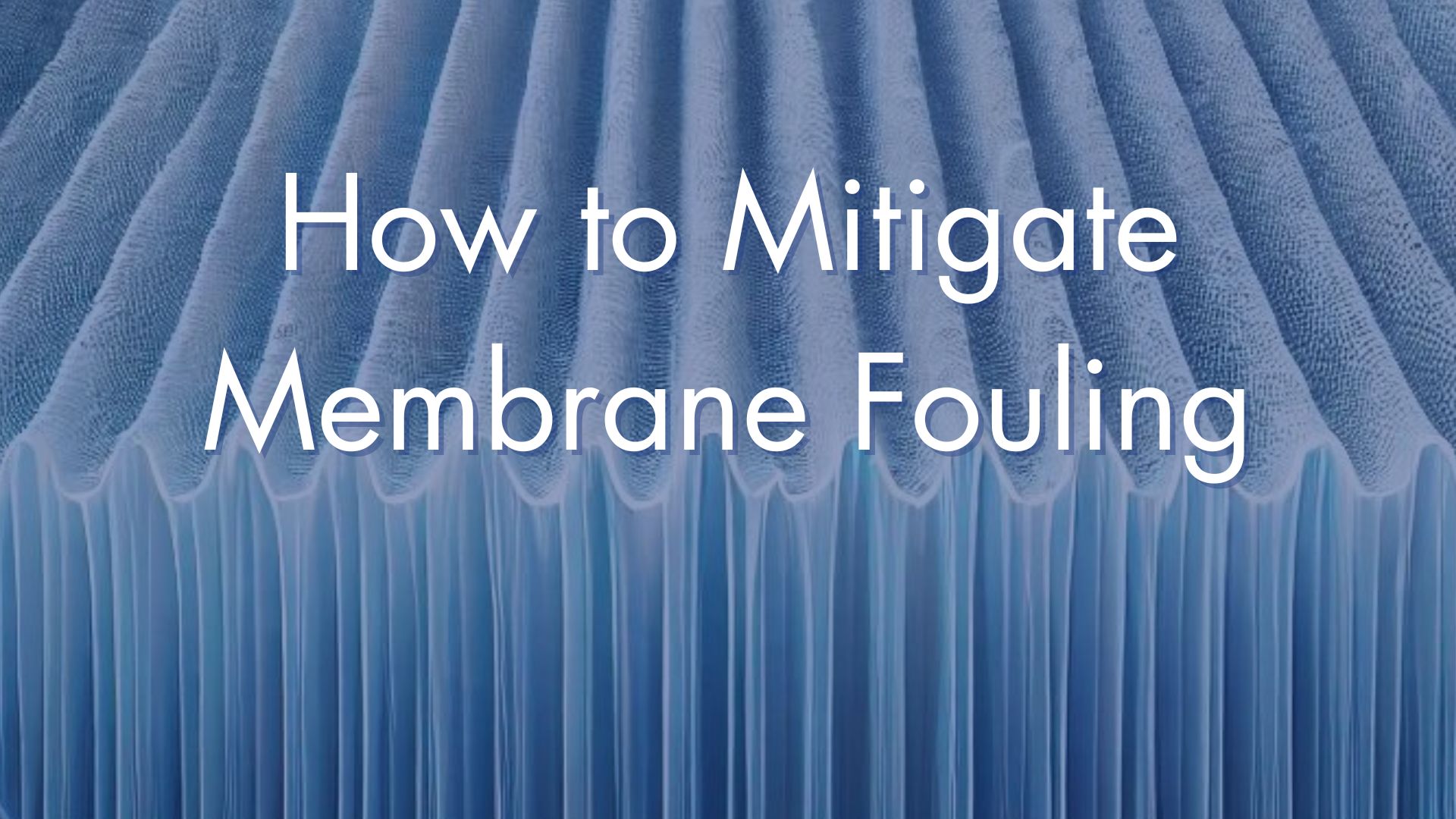Retrofitting Your Existing Wastewater Treatment System with MBR Technology

As you and your team scout efficient wastewater treatment options, you may consider a retrofit. Environmental regulations are growing tighter by the year, and membrane bioreactor (MBR) technology offers a compelling solution.
If you’re not ready to overhaul your treatment system entirely, a retrofit can be a powerful investment.
This article explores the nuanced process of MBR retrofitting, focusing on the technical challenges, strategic considerations, and long-term benefits. With the increasing demand for improved water quality and stricter compliance standards, understanding the complexities of MBR retrofitting is essential for engineers looking to optimize wastewater treatment solutions.
Assessing Existing Infrastructure Compatibility
Begin where you are.
Before retrofitting an MBR system into your plant, your team must conduct a thorough assessment of the current infrastructure. What’s working? What’s not? This scrutiny involves the condition and capacity of existing tanks, pipelines, and other components to determine if they can support the new MBR technology.
For instance, structural integrity tests on tanks and flow rate assessments on pipelines ensure that they can handle the modifications without extensive rebuilds. Assessing compatibility with existing biological treatment stages is crucial since MBR retrofitting often requires integration with these stages for optimal performance.
Let’s get into some specific methods for assessing that compatibility.
Hydraulic Profile Analysis: Advanced computational fluid dynamics (CFD) allows for a detailed analysis of fluid movement within existing structures. This method identifies inefficiencies and areas that could benefit from improvements with MBR technology. The insights gained are essential for pinpointing parts of the wastewater treatment plant that would benefit most from retrofitting, ultimately enhancing flow dynamics and overall system performance.
Structural Assessment: Implement advanced non-destructive methods such as ultrasonic flaw detection and digital radiography to thoroughly evaluate the structural condition of existing wastewater treatment facilities.
This detailed examination is essential to confirm that the infrastructure can adequately support the added weight and operational demands of new MBR system components. A comprehensive structural assessment helps identify potential weaknesses or degradation that could complicate the retrofitting process, ensuring that necessary reinforcements or modifications are made to facilitate a successful upgrade.
Look closely for metal corrosion, concrete deterioration, settlement issues, load-bearing fatigue, and even erosion; those problems must be addressed prior to retrofitting new technology.
Process Compatibility: Conduct a thorough investigation of existing biological treatment capacity of the existing tanks. Depending on the permit requirements, the system is designed to include either a 3-stage MLE or 4-stage/5 stage Bardenpho process. If the permit requirements are relaxed, a 2-stage system is sufficient. A system solids retention time (SRT) is determined and cross checked with the existing volumetric capacity to ensure sufficient biomass can be accommodated to satisfy process needs.
Design Modifications for MBR Integration
Designing modifications to integrate MBR systems into existing facilities involves detailed engineering to accommodate the specific needs of membrane technology. This includes revising hydraulic profiles to ensure adequate flow characteristics that prevent membrane fouling and ensure efficient pollutant removal.
Engineers must also consider spatial configurations, as MBR systems often require different layouts compared to conventional systems. Designing an MBR retrofit requires thorough understanding of the current site layout and the foresight into future needs and expansions.
For example, additional space may be needed for the installation of membrane cassettes and associated cleaning systems, which might necessitate the redesign of existing process areas or even physical expansion. A retrofit will include multiple phases like this, so plan ahead. Simulation tools play an important role here, enabling the visualization of spatial arrangements and operational flows, thus ensuring that new installations are both efficient and scalable.
Choosing the right MBR technology should be based on detailed analysis of site-specific conditions such as influent characteristics and operational goals so it’s best to work with an experienced MBR design partner to get the most detailed MBR application information. Factors like membrane type, pore size, and configuration play significant roles in determining the system’s efficiency and maintenance needs.
Different membrane types, such as hollow fiber or flat sheet, each have unique benefits and challenges related to fouling potential, clogging resistance, ease of cleaning, and replacement costs. Choosing the right membrane type is central for balancing treatment goals and operational costs; for example, hollow fiber membranes require more frequent cleaning compared to flat sheet membranes.. Configuration decisions should focus on optimizing the treatment process flow and layout to enhance efficiency and reduce downtime during maintenance activities.
Use computer-aided design (CAD) software to refine retrofit designs and address those membrane needs. These tools allow for precise modifications and optimization of the MBR system before physical implementation, ensuring that each design element is tailored to meet specific operational goals.
Upgrading Control Systems and Automation
Integrating advanced control systems is vital for modernizing wastewater treatment facilities with MBR technology. This involves installing state-of-the-art sensors and automation systems that can continuously monitor and adjust treatment parameters for optimal performance.
Automated dissolved oxygen controllers and chemical dosing systems help maintain the biological balance necessary for effective membrane operation. Moreover, upgrading to a centralized control system with remote monitoring capabilities allows operators to manage the process more efficiently, responding quickly to any signs of system imbalance or membrane fouling.
Membrane selection and configuration will be a major point of discussion with your design partner. Opt for membranes that offer the best fit for the specific wastewater characteristics of the site, emphasizing attributes like fouling resistance and durability. Operating data and membrane performance data from existing installations are invaluable in selecting the membrane that offers the best balance between performance and cost.
Cost Analysis and Budgeting
Develop comprehensive cost models that encompass capital expenditure, operational costs, and expected maintenance over the system’s lifespan. These models should also consider potential economic incentives like tax breaks or grants for sustainable technology adoption.
Perform detailed ROI analyses that account for both tangible and intangible benefits, such as environmental compliance, reduced penalties, and enhanced corporate image.
These analyses help in justifying the initial retrofit investment to stakeholders. Bear in mind that, long-term, the efficiencies of MBR technology will drop to your bottom line!
Regulatory Compliance and Permits
Devise a strategy that ensures the retrofit meets all local and federal environmental regulations. This includes planning for compliance with upcoming regulations and leveraging environmental performance as a key competitive advantage.
Evaluate data from similar MBR facilities to validate the retrofit design’s compliance with regulatory standards. This data is critical for easing the permitting process and ensuring regulatory approval.
Operational Adjustments
Utilize advanced aeration control systems that dynamically adjust the air supply based on real-time organic load and dissolved oxygen measurements. This optimizes energy use and enhances the biological treatment efficiency, reducing overall operational costs.
Fine-tune the SRT and hydraulic retention time (HRT) to optimize microbial activity and system efficiency.
SRT, the average time solids remain in the system, should be optimized to ensure that microorganisms have sufficient time to degrade organics effectively, without promoting the growth of unwanted bacteria that can lead to sludge bulking or other operational issues.
Similarly, adjusting the HRT, the time liquid spends in the bioreactor, helps balance the microbial kinetics with process requirements, ensuring optimal contact time for treatment and enhancing overall system efficiency. This careful adjustment improves process stability, effluent quality, and can also reduce operational costs by optimizing energy use and chemical dosing.
Advanced control systems that can automatically adjust these parameters based on real-time data will enhance process stability and performance.
Conclusion
A retrofit might be the solution your team needs. As the wastewater treatment industry continues to evolve, you should make sure your business or municipality is keeping up with technology. The pace is swift, but MBR’s scalability and modularity means you can begin incorporating it into your existing system in short order.
Understand your current state of operations first. Is MBR compatible right now? You may need to get your wastewater house in order before retrofitting new technology, but that’s just another great reason to scrutinize your operation and prepare for the future today.
Want to learn more? Read some of our recent articles:
Sign up for the Integrated Water Services newsletter below. We share important perspectives and news on MBR wastewater treatment every two weeks.
Sign up for the
Integrated Water Services newsletter.
We share important perspectives and news on MBR wastewater treatment every two weeks.


